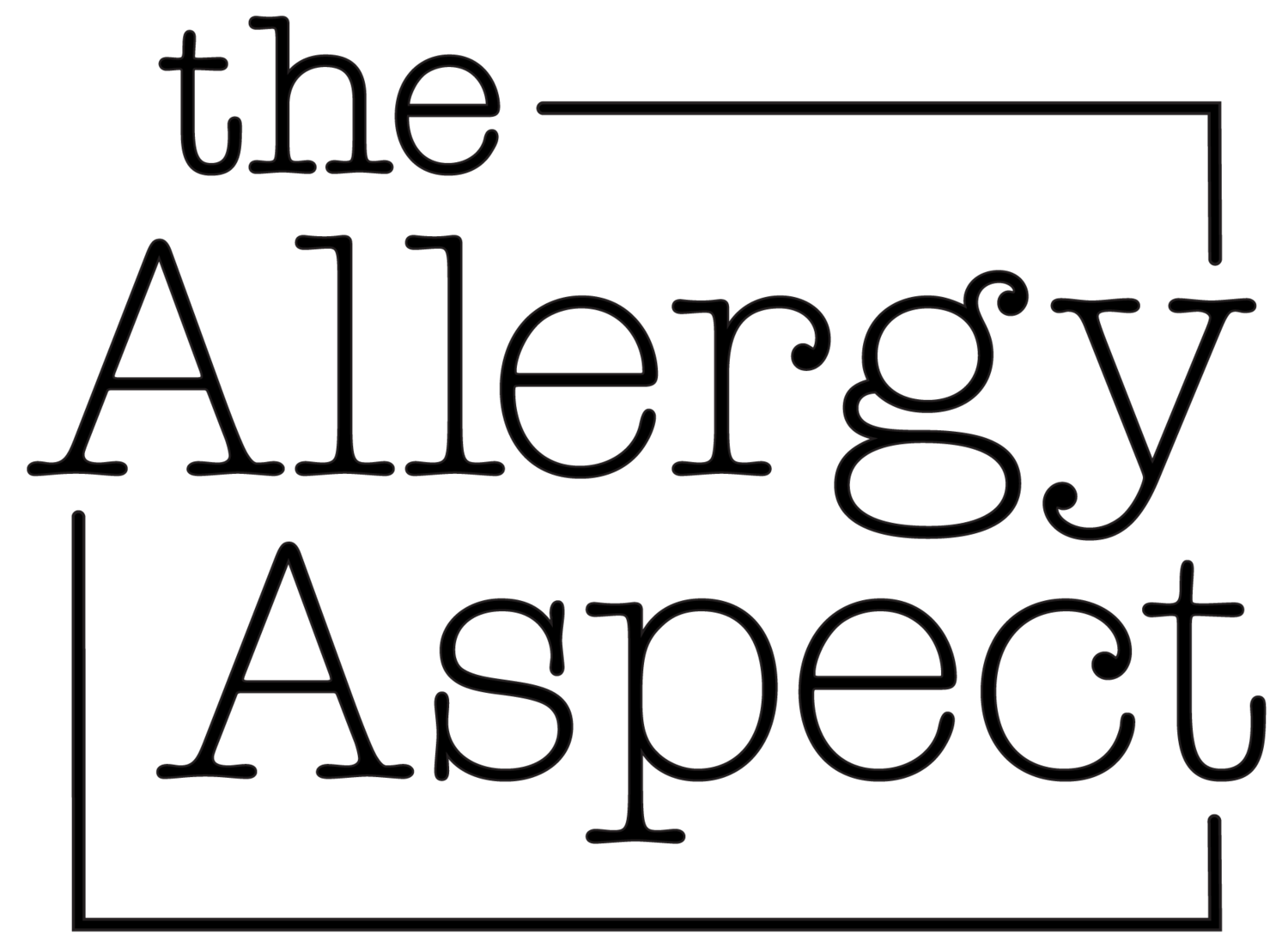The abrupt end of our son’s oral immunotherapy (OIT) treatment
Working with my son’s pediatric allergist for over a decade, we have an established solid relationship. His allergist has lived through the fallout from his past mild and anaphylactic reactions. She has witnessed and documented several anaphylactic reactions herself through food challenges conducted in her hospital clinic. There are those food challenges that have enabled our son to add foods to his diet, but there are still many common foods that when challenged in a hospital setting, reinforce that they are still strictly off limits.
At his annual allergist appointment, we always discuss the past year and any small signs of encouragement that new foods may be introduced to his diet. Going back years now, his allergist would always ask what foods we’d really like him to be able to eat. Among the list of food he strictly avoids, I would always say “…wheat, milk and egg…”. To me, these three foods would be life changing for our son and our family. I felt these three foods were a gateway to the possibility of an easier way of living and eating food from outside our kitchen.
Our allergist would nod her head and speak of the wealth of research being conducted in many areas of food allergy treatment. She spoke about leveraging oral immunotherapy (OIT) to desensitize the body to allergenic foods and that it would soon be a mainstream treatment. Not long after that a new food allergy research and treatment center opened in our allergists’ affiliated hospital and our son began OIT treatment.
My husband and I asked lots of questions, did our research and combed the clinical trial results to come to the realization that we would embark on this journey. With guidance from our allergist, she recommended starting with wheat desensitization and then we’d move on to adding other foods. Our hopes for our son, eight years old at that time, were to leverage this new treatment to realize some food freedom by the time he would be going to college or maybe even high school. We thought about the prospect of normalcy he so desperately needed and a bit less vigilance for us as parents. It would drastically improve our family’s quality of life.
We weighed the pros and cons, and took note of the risks to patients, one of which was the low probability of developing symptoms of a chronic illness called eosinophilic esophagitis (EOE). We were reassured that if any symptoms of EOE became apparent, we would stop the OIT desensitization and those symptoms should subside. Fast forward more than three years into wheat OIT, our son was diagnosed with EOE and in addition to our food allergy journey, our EOE journey had begun.
During that three year OIT period, I remember feeling something just seemed off to me. I wasn’t in a rush to increase the up-dosing of wheat according to the treatment center’s established schedule. We took it slow. And luckily we did. It was the occasional comments and discussions with his allergist at dosing appointments, the nuances of complaints our son had voiced that led us to uncovering this new challenge. I thought I was seeing things that weren’t really there, I thought my comments were insignificant. However, our allergist was listening at those appointments and making notes of our son’s complaints. While we continued the OIT, she referred us to a fellow pediatric gastroenterologist.
And so started our relationship with a gastroenterologist and eventually his first of many endoscopies and an official EOE diagnosis. The level of frustration and disappointment was immense. Our first direction from the gastroenterologist was, stop the OIT. Our hopes of a more normal experience with food through desensitization had come to an abrupt end.
For more about our evolving EOE journey, follow here. And look through the EOE page on my blog for inspiration on how we live creatively managing EOE and food allergies. We approach this with a can-do attitude.

